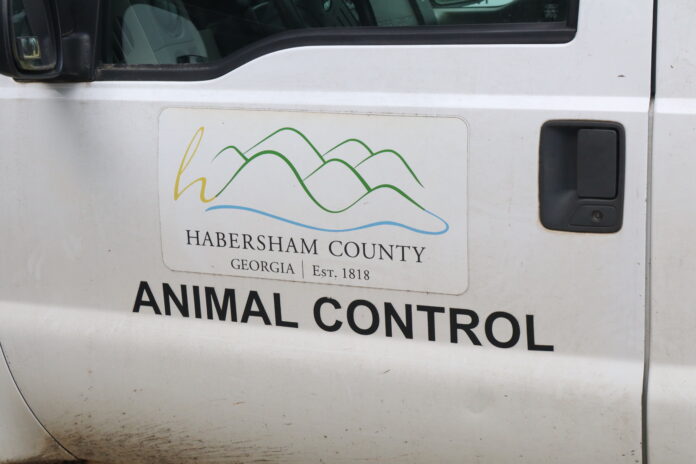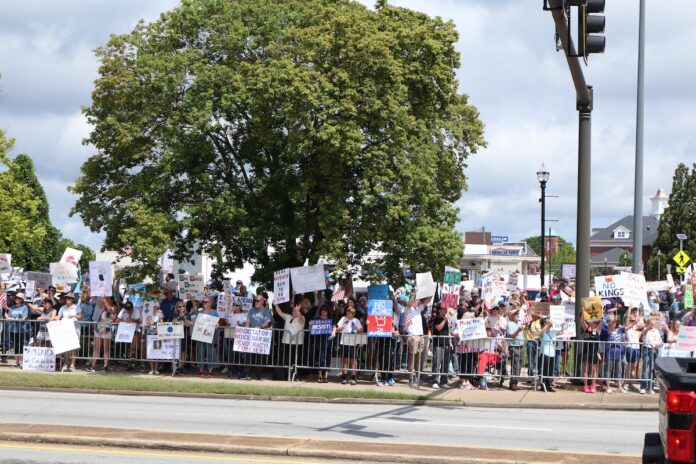Baldwin city council members were visibly distraught during the work session held on Tuesday, July 8, when they learned that the amount due to Habersham County for animal control fees was over $1,000 more than what was budgeted for.
The city’s total cost for animal care and control fees this year is $64,586.26. A countywide tax digest credit of $43,588.38 cut the total cost down to $20,997.88.
Chief Administrative Officer Emily Woodmaster informed the council that the city anticipated a three percent increase in animal control fees from the previous expenditure of around $18,350. With the current budget at $19,000, the city will need to raise an additional $1,997.88 to pay the county. The city cannot pay the amount until the council approves.
Woodmaster said that she received the animal control invoice on June 19. This did not give the city enough time to move funds or find additional funding to cover the outstanding balance, Woodmaster added, because the invoice came at the end of the budget cycle.
Fee calculation formula is “trash”
Mayor Pro Tem Alice Venter described her frustration with the remaining balance, saying that she had to take care of stray animals that were left at Baldwin City Hall.
“My problem is that Habersham County taxpayers already pay for this service,” she said. “[The county] is like ‘you guys have this much population so you gotta pay extra just because,’ and there was no good reason for it at all.”
Cornelia and Clarkesville not having to pay for animal control because of their tax digest, according to Woodmaster. Venter differed, saying that citizens from those cities, including Baldwin, are still taxed for animal control for the county.
“The way that they calculate the numbers is dumb. This is trash, and now they’re asking us to pay extra,” Venter said.
Sims gives clarification
Habersham County Manager Tim Sims provided clarification on the formula used to calculate municipal costs. He explained that the annual fee is based on each city’s share of the county population, which is then reduced by a tax digest credit specific to each municipality.
“The yearly fee is based upon the total cost for Animal Control (including direct & indirect costs), which is distributed by population,” Sims said. “That amount is then credited by the amount collected from the tax digest for each municipality to get their cost for Animal Control.”
According to Sims, the formula used to calculate the FY25 costs was the same one agreed upon in previous years and was even updated in 2024 to reduce the burden on cities. Still, increased operating costs—including the hiring of two new part-time employees—led to a higher overall bill for Baldwin.
Sims noted that Baldwin’s Intergovernmental Agreement (IGA) with the county, signed in May 2024, clearly states that animal control costs would be recalculated annually and billed to the city accordingly.
“There were no surprises intended as we used the same formula that we used last year and that all municipalities agreed upon,” Sims said. “We will continue to provide services and hope to reach a mutual understanding on this increase.”
The spreadsheet provided by Sims confirms that Baldwin’s share of animal control services accounts for 6.46% of Habersham County’s population. While the countywide tax credit helped offset the cost, Baldwin was still left with the highest balance due.
Woodmaster told council members that she intends to meet with county officials soon to address their concerns and explore solutions for the unexpected expense.

 by
by 

